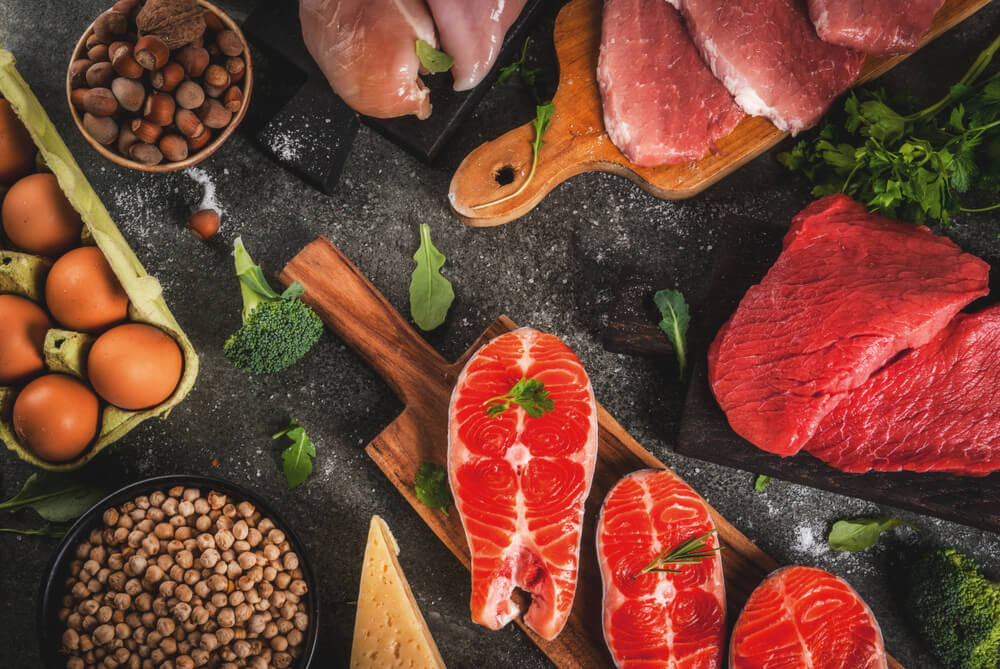What is the difference between plant and animal protein? Is one better than the other?
The question is: Plant vs animal protein, which should we eat more of on a daily basis? In general, Americans are becoming more and more concerned with getting enough protein. It’s recommended that human beings eat around 0.8 grams of protein per each kilogram that they weigh. This means that women of should eat around 46 grams per day and men should eat around 56 grams a day. It’s not difficult to eat that amount of protein daily, whether you eat meat or not.
How much protein do you need in a day? Click here to find out!
Ethics aside, when considering the difference between plant protein and animal protein, it’s important to point out that aren’t many differences. Food like eggs, milk, meat and fish have high quality protein but the same goes for foods such as soybeans, quinoa, and spinach
On the other hand, when comparing plant vs animal protein, we have to keep in mind that protein makes up a large part already of our body. Unlike fat, our body doesn’t store protein so it is important that we replenish it sufficiently.
The main difference in protein in vegetables vs meat is the amino acids they are comprised of.
The protein in our diet is broken down into components called amino acids, which our bodies need to carry out metabolic processes and function properly.
One important thing to consider is that the types of amino acids vary greatly among protein sources. A lack of the right type of amino acids can lead to health issues. Sometimes vegetarians run into the issue that the food they are eating doesn’t always provide the right kind of protein needed.
Plant vs Animal Protein: Protein, Sodium, and Saturated Fat Amounts
What should I eat? Below are a few examples from the Harvard School of Public Health.
- 6 oz porterhouse steak (broiled) – 40g of protein but also 12 grams of saturated fat
- 6 oz ham steak – 33 grams of protein, only 2.5 grams of saturated fat but 2,000 mg of sodium
- 6 oz wild salmon- 34 grams of protein, low in sodium and has 1.7 grams of saturated fat
- A cup of cooked lentils – 18 grams of protein, 15 grams of fiber and very little saturated fat or sodium
Although the lentils have less protein, they are the “healthiest” from this list when considering saturated fat and sodium. These are two things that you have to keep in mind when choosing what you eat, especially the protein. You don’t want to eat protein that is loaded with sodium at saturated fat.
According to a study at the Harvard School of Public Health, eating less red meat can save lives. Cutting back on the intake of red meat lessens the chance of cardiovascular disease deaths as well as stroke or heart disease. Replace red meat with fish, chicken, beans and nuts and your risk for certain diseases may lower.
Eating high-quality meat and adding more plants rich in protein to your diet can help lower blood pressure and reduce the risk of heart disease.
Final Note
At the end of the day, it’s important to be aware of what you are putting in your body. Whether you eat meat or not, make sure that you are choosing the right type of products and you are getting all the nutrients your body needs. Stay away from overly processed foods, especially meats, and add more vegetables into your life and remember to exercise from time to time. If you do not eat animal meat, make sure you are getting the right types of proteins and supplementing your diet to avoid health issues.
Sources:
https://www.hsph.harvard.edu/nutritionsource/what-should-you-eat/protein/
